Customer Service Outsourcing Cost in 2025: Is It Really Cheaper?
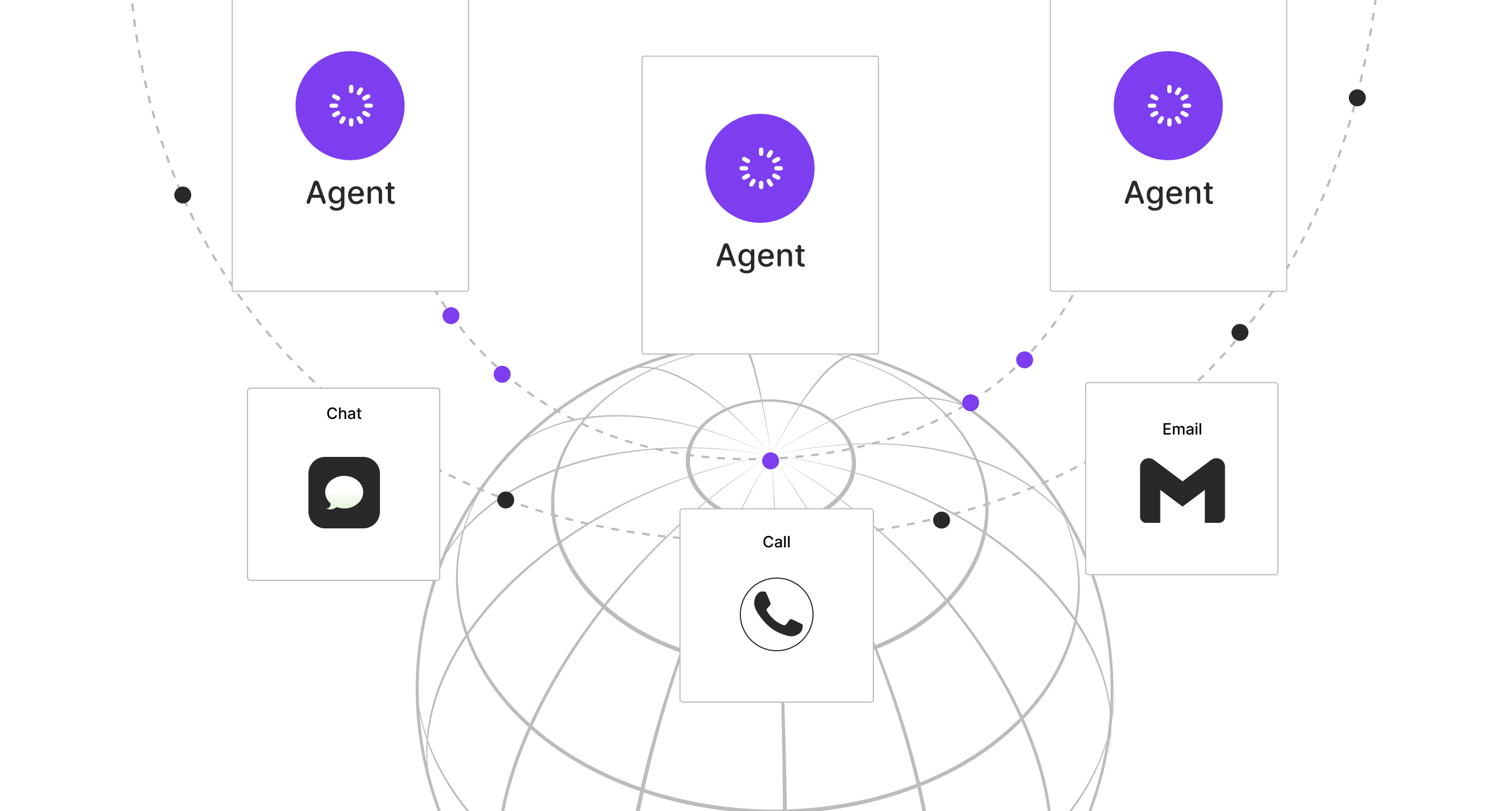
Although, as a customer service outsourcing company, we'd want to believe that outsourcing is undoubtedly the best option, this isn't always true.
So, here’s a brief answer to your question: There are no fixed rates. The average customer service outsourcing cost varies depending on your business needs, the type of support team required (shared or dedicated), and the team's location.
But before you decide that this article won’t be helpful for you, keep in mind that you can roughly calculate the necessary budget if you know the specific services you are looking for. So, if you want to know how much does it cost to outsource customer service for your company, you need to understand the following:
- Which factors are behind the pricing
- The difference in pricing models that exist
- And when hiring customer support isn't the best strategic decision, and when it can be.
Below, we will answer all of these questions about the true cost of outsourced customer service in 2025.
FYI: The best way to learn the customer service outsourcing cost for your business is to schedule a quick phone consultation with a customer service outsourcing partner. When clients call us, we listen to their specific business needs and recommend various pricing models that will work best for them.
Factors Affecting Outsourced Customer Service Cost
Let's start with the exact factors influencing customer service outsourcing pricing.

1. Support Type and Complexity
The type of services you need has a major impact on the overall cost to outsource customer service. After all, support can cover a wide range of functions, depending on your business goals.
- Inbound vs. Outbound Support: Do you need agents to manage incoming inquiries (inbound) or to proactively reach out to customers (outbound)? Inbound support is typically more affordable, while outbound sales services often come at a higher price.
- Omnichannel Support: Will your team handle interactions across multiple platforms, such as phone, email, chat, and social media? If yes, then keep in mind that while omnichannel support creates a seamless customer experience, it’s usually more costly than simply opting to outsource live chat support services or email support alone.
2. Customer Interaction Volume & Scalability Impact
The very first thing you need to establish to know at least approximately how high the customer service outsource cost will be for you is the number of agents. This directly depends on how many trinkets your team usually processes. Higher ticket volume means more agents, because, let’s face it, nobody wants to wait for responses over 2 minutes. That’s just bad customer service. Of course, this then leads to higher support costs. Yet, some providers do offer reduced rates for larger teams, so that might be your way out of blown-out budgets.
Keep in mind that peak seasons or holidays often come with higher costs. This is because your support team needs to scale up quickly to handle increased demand and then scale back down once things return to normal. The good news is that scalability is one of the top benefits among all the outsourcing customer service pros and cons. Many reputable providers even offer “shared team” options, making it easy to add extra agents when you need them without long-term commitments.
3. Time Zones and 24/7 Availability
Additionally, the outsourcing customer service cost varies based on the types of shifts your business wants to cover. If your customers are mainly concentrated in one region, covering standard office hours will usually be the most affordable setup. However, if you serve international markets across multiple time zones, you’ll likely need staggered shifts or even round-the-clock support. Naturally, 24/7 coverage requires more agents, night shifts, and sometimes higher rates, which all increase the overall outsourced customer service cost. In short, the broader your coverage window, the higher the investment needed to ensure customers can always reach you when they need help.
4. Required Languages & Skills
English-only support is often the most cost-effective choice. But if your business is aiming to expand globally and connect with regional markets, multilingual agents become a valuable asset. The challenge is that every additional language adds to the overall cost of support.
The same goes for the skill set of the agents. If you are looking for agents with just a general experience in customer support and some minimal training, outsourcing will generally cost less. On the other hand, if you need specific experts, expect additional expenses for hiring.
5. Provider’s Region and Labor Rates
As we mentioned at the beginning of this article, the average cost of outsourcing customer service can vary greatly depending on the provider’s location. While today’s global economy has made things more flexible, geography still plays a major role in pricing. For example, outsourcing to countries with lower labor costs, such as India, the Philippines, or Egypt, can be far more affordable than partnering with providers in higher-cost regions like the United States or the United Kingdom. In some developing countries, outsourcing services can cost as little as $6 to $10, making location a key consideration when weighing your options.
FYI: In some cases, the lower support costs don’t necessarily mean compromised quality.
6. Tools, Integrations, and SLA Requirements
Let’s not forget that tools, integrations, and SLA (Service Level Agreement) requirements can significantly influence the total cost of outsourcing customer service as well.
First, the kind of tools you expect the provider to use — CRM systems, omnichannel platforms (chat, email, phone, social media), ticketing tools, knowledge bases, real-time dashboards, and possible AI technologies — all come with licensing, customization, maintenance, and sometimes integration fees. If your systems have to connect (for example, your in-house tools + outsourced agents’ tools), there is work involved to set up and maintain those integrations, which adds to cost.
Second, SLAs that demand fast response times, 24/7 availability, high first-contact resolution, or strict customer satisfaction benchmarks drive up the need for more agents, better training, monitoring tools, and sometimes redundant or fallback systems. All of this requires investment. So when you build your outsourcing budget, be sure to account not just for the people doing the work, but for the supporting technology, the effort to integrate it into your workflows, and the service commitments you’re asking the provider to meet.
7. Training and Quality Assurance
Finally, the level of training and quality control your provider offers can affect both costs and outcomes. Providers who invest more in these areas may charge higher rates, but the payoff is improved customer satisfaction, fewer repeat issues, and potentially lower long-term costs.
{{cta}}
Regional Rates’ Breakdowns for Outsourcing Customer Service in 2025
We have previously mentioned that the cost to outsource customer service can largely vary depending on the location from which the agents are sourced. After doing some research, we have created a customer support pricing comparison table with general rates for 2025:
Why such a big difference, you might ask? Well, the formation of the pricing is influenced by quite a few things, and below we will try to briefly break down what is behind these costs.
North America
This part of the world is known for the most expensive outsourcing services. Generally, in this field, North America is perceived as the home for nearshore and quality specialized outsourcing. The US and Canada, for instance, have an established position on the market as countries of high-quality talent in specialized functions. Here you can find skilled experts, but it will cost you a dime. That’s why North America caters to US and Canada-based companies.
A more affordable location on the same continent would be Mexico, as the prices here start from $10/hour. However, it doesn’t make much sense for businesses from other countries to outsource here due to the time difference, large distance, and potential cultural misalignment.
Latin America
Latin America has become a strong player in outsourcing, with countries like Brazil, Argentina, Colombia, and Costa Rica leading the way. The region’s biggest advantage is its proximity to the US and the strong pool of bilingual talent fluent in English and Spanish. Especially, Colombia is recognized for providing bilingual teams well-suited for creative and collaborative roles. Service rates here are very competitive, ranging from $8 to $20 per hour.
With affordable prices, overlapping time zones, and growing expertise, Latin America continues to strengthen its role as a better choice for a nearshore hub, especially for US-based companies and tech startups.
Eastern Europe
In Eastern Europe, countries like Ukraine, Poland, Romania, Hungary, and Bulgaria have become widely known outsourcing destinations. While the region has earned global recognition for its strength in IT and software, it also offers reliable and skilled talent for customer support. A big advantage here is the high level of English proficiency and minimal cultural differences, which make communication smooth and effective. On top of that, the region’s proximity to Western Europe means time zones overlap nicely, allowing for seamless support during business hours.
Eastern European providers also place strong emphasis on data protection and compliance, often following strict standards such as GDPR. Of course, quality comes at a higher price point compared to some other regions—customer service here typically ranges from $13 to $35 per hour. In contrast, in Western Europe, the hourly rate for customer support can start at $28-$38. For businesses looking for highly trained teams with strong communication skills and a focus on quality, Eastern Europe is a dependable choice.
Asia-Pacific
Now, this part of the world has been known as an offshore outsourcing center for a long time. Leading countries here include India, the Philippines, Vietnam, Malaysia, and China. While India has long been a tech powerhouse, the Philippines has become the go-to destination for customer service and BPO thanks to its slightly higher English proficiency and Western-aligned culture.
Vietnam and Malaysia are also emerging as reliable options, and China offers large-scale support capabilities. Customer service costs in the region are very competitive, typically ranging from $5 to $15 per hour, making Asia-Pacific one of the most cost-effective choices for businesses looking to scale their support teams.
Africa
Africa has only recently (but steadily) started to emerge as a strong player in customer support outsourcing, thanks to growing tech hubs and a multilingual workforce fluent in English, French, and Arabic. Leading countries include South Africa, Kenya, Nigeria, Egypt, and Morocco.
South Africa stands out for its Western-aligned communication, project management skills, and overlapping time zones with Europe and the US. Kenya and Nigeria, on the other hand, are more known for supporting mobile innovations and fintech solutions. Customer support and BPO services are very cost-competitive here, generally ranging from $7 to $15 per hour. Moreover, thanks to tech giants like Google, Amazon, Meta, and Microsoft investing in AI, renewable energy, and sustainable tech projects, Africa is steadily building its reputation as a reliable, affordable, and globally connected outsourcing destination.
Types of Customer Service Outsourcing Pricing Models
We have largely established what influences the customer service outsourcing pricing. Thus, it’s time to look into how this pricing is usually formed. As there are various models available, it’s important for businesses to choose a vendor with a fitting selection of plans. Let’s look closer into the question, shall we?
1. Billing per Ticket
According to this model, you, as a client, are only paying for a ticket fully resolved by the vendor’s agents. This is basically a consumption-based model, and below you can find the advantages and disadvantages of such a pricing formation.
Advantages:
- Simple and transparent pricing model
- You only pay for the service you actually get
- Suitable for companies with unpredictable support volume
Disadvantages:
- Usually requires a commitment in the form of a minimum monthly ticket volume
- It may be expensive for companies with a high volume of inquiries
2. Billing per Hour
In this consumption-based pricing model, you pay for the actual hours your outsourced agents work, regardless of how many tickets or calls they handle during that time.
Advantages:
- Highly flexible, making it a good fit for companies with fluctuating support volumes or seasonal spikes.
- Can be cost-effective if your support demand is predictable and consistent, since you’re only paying for the hours worked.
- Easy to scale up or down depending on business needs.
Disadvantages:
- Costs can be difficult to predict, especially during peak seasons or if you require out-of-hours support.
- Since payment is based on time rather than results, there is less incentive for the outsourcing provider to optimize efficiency or resolve issues quickly.
- May not align well with companies focused on outcome-based performance metrics, such as first-contact resolution or customer satisfaction.
*Note: This model works best for straightforward, time-intensive support tasks (like live chat or call center coverage) rather than highly transactional or ticket-driven support, where performance-based billing might make more sense.
3. Billing per Minute
This model is mostly used for call center outsourcing services. Here, you essentially pay for a talk time or work time, calculated per minute spent on the case.
Advantages:
- You are only paying for the time agents actually work
- Works well for businesses that deal with short, straightforward interactions or a high number of quick calls.
Disadvantages:
- Can be unpredictable if call volumes or call lengths fluctuate, making budgeting more difficult.
- Agents may feel pressured to shorten calls, which can hurt service quality or customer satisfaction.
- Doesn’t account for after-call work (such as logging case notes or follow-ups), which could lead to additional hidden charges depending on the provider.
- Not ideal for companies that handle complex cases with scripts requiring longer conversations or multistep resolutions.
4. Billing per Agent
This is one of the most common pricing models in customer support outsourcing. Here, you pay a fixed monthly or hourly rate for each dedicated agent assigned to your business. The actual rate may vary depending on factors like language requirements, technical expertise, or the level of specialization needed.
Advantages:
- Makes budgeting straightforward, since costs are fixed per agent.
- If executed in the form of a dedicated team, can develop a deeper knowledge of your business, products, and customers over time.
- Easy to scale up or down by simply adding or removing agents based on demand.
- Encourages stronger relationships and alignment between agents and your in-house team.
Disadvantages:
- Can be more expensive than consumption-based models, since you’re covering overhead costs (training, benefits, facilities, etc.) built into the agent rate.
- Productivity can vary, and without strong monitoring and KPIs, you may end up paying for underperforming agents.
- Less flexible if your support demand fluctuates significantly — you’re paying for the agent whether they’re fully “booked” or not.
5. Monthly Flat Fee or Fixed Price (FP) Model
In this model, the price is set based on a predetermined workload volume (a specific number of hours or interactions per month).
Advantages:
- Simplifies budgeting since costs stay predictable even if there are minor fluctuations in support volume.
- Easy to manage for businesses with relatively stable and consistent workloads.
- Encourages providers to optimize efficiency, since they handle a set workload for the same price.
Disadvantages:
- Not flexible for businesses with highly variable support demand, as if your volume spikes, you may need to pay overage fees.
- You could end up overpaying if actual service usage consistently falls below the agreed threshold.
*Note: This model would be better suited for small to mid-sized businesses with predictable support needs or for projects with clearly defined workloads.
6. Shared vs Dedicated Support Team
Finally, we have reached the team-based pricing models. In this case, the costs vary depending on the type of collaboration you choose to establish with your support agents. To provide a clear breakdown of these two options for you, we have created a comparison table:
Shared vs Dedicated Support Team Pricing Models
{{cta}}
Outsourced Customer Service Costs vs In-House Customer Service Team
When businesses start thinking about outsourcing, the natural question they ask is whether having an in-house team could be a more cost-effective customer support solution. To figure this out, let’s quickly compare the in-house vs outsourced customer service costs.
When we talk about getting an in-house customer service, what automatically should be included in the budget are the costs for sourcing the right staff, their training and onboarding, work equipment, and team management. It’s also important to know the number of agents you need to hire, as this will not just add the salary rate but also increase the budget for all other aspects as well. Additionally, you will need to find an internal quality control (QC) expert to monitor customer service quality and the fulfillment of KPIs associated with customer satisfaction metrics.
And let’s not forget that working with an internal customer service team involves other, less obvious costs. So, you will also need to consider the following things when planning your budget:
- Ongoing trainings
Continuous training for the whole team is a must, since you want to cultivate certain customer service qualities in your team. Plus, the field constantly develops, especially in today’s fast, AI-driven market. Professional training programs usually come at a high price.
- Infrastructure
Think things like office equipment, software solutions, customer data management tools, AI bots, subscriptions to customer support tools and CRM platforms, and benefit systems for new employees. You need all of this if you want to build a sustainable and result-driven team of customer service agents.
- Administrative costs
Finally, running an in-house customer support team often comes with hidden administrative expenses that can add up over time. These may include costs for ongoing quality assurance and performance management, salaries for team leads or supervisors, as well as HR and payroll services to manage the team.
The Costs Associated With an Outsourced Team
The main cost advantage of outsourcing is that you avoid the hidden expenses of running an in-house team. For instance, look at the average salary, based on Indeed’s research 2024 for the USA:

Now, aside from that, you will also need to budget for the sourcing of all those specialists and then their training.
Most outsourcing providers bundle essentials like recruitment, onboarding, training, management, and quality control into their service fees, making budgeting simpler and more predictable. At EverHelp, for example, clients can choose between shared, dedicated, or talent-only team formats, with each plan covering everything from sourcing, integration, training, and scaling to multilingual support and omnichannel solutions.
Scalability is another major benefit. Unlike in-house teams, where adding agents during peak seasons requires extra time and money, outsourcing partners can quickly scale teams up or down thanks to their existing talent pool. This flexibility ensures you only pay for the support you truly need.
Outsourcing also provides access to multilingual agents, advanced tools, and established quality control systems, all of which would be costly to build internally. As a result, companies can maintain high service standards while keeping costs under control and focusing on growth.
And just so you don’t get lost in all of the information, here’s a summary of most possible costs associated with each type of customer service and their comparison.
Costs Associated with Each Type of Customer Service and Their Comparison
Thus, outsourcing tends to be the more cost-effective option. It’s particularly valuable if you:
- Want predictable monthly budgets.
- Experience seasonal peaks that are hard to manage internally.
- Need to scale quickly to match rapid growth.
- Require multilingual support for diverse markets.
- Struggle with hiring and retaining qualified staff.
Customer service outsourcing companies also give you the flexibility to scale up or down quickly in response to changes in workload or customer demand — something that can be much harder to achieve with an in-house team.
Before making a decision, it’s a good idea to review both the pros and cons of customer service outsourcing to ensure it’s the right fit for your business.
Example: Here’s just a quick comparison of possible (but approximate) budgets associated with in-house and outsourced agent team of different sizes :
Budgets In-house vs Outsourced Agent Team of Different Sizes
So, How to Calculate The Precise Customer Service Outsourcing Cost for Your Business
At the end of the day, there’s no one-size-fits-all answer. Nevertheless, you can get a realistic estimate by gathering the right inputs. Start with the type of support you need (inbound, outbound, omnichannel, etc.) and the volume of interactions your team handles. Factor in any seasonal peaks, required languages, and agents’ skill levels, as these will directly impact the size and expertise of your team. Don’t forget to account for your preferred pricing model (per ticket, per hour, per agent, or flat fee), as well as any tools, integrations, and SLA commitments that matter to your business.
Once you have these details, you’ll have a clear foundation for comparing providers and finding an outsourcing solution that balances cost with quality — and aligns with your growth goals.
At EverHelp, our customer service outsourcing experts are dedicated to understanding your business requirements. We'll pay close attention to your specific requirements, needs, the volume and complexity of your support interactions, and your preferred level of service. Book a call with our team and let’s see which pricing model will best suit your business!
Frequently Asked Questions About Customer Service Outsourcing Costs
How much does outsourced customer service cost in 2025?
Outsourced customer service costs in 2025 typically range between $8 and $35 per hour, depending on the provider’s location, language options, and service complexity. Nearshore regions such as Eastern Europe and Latin America often provide the best balance of price and quality.
What factors affect outsourced customer service pricing?
The final price depends on several factors:
- Location and region (labor costs vary globally)
- Support coverage (24/7 vs business hours)
- Languages offered
- Channel mix (chat, email, voice, social)
- Type of team (shared or dedicated)
Additional factors include technology setup, training, and quality monitoring.
What are the main cost savings from customer service outsourcing?
Businesses save on recruitment, salaries, equipment, and management overhead. Outsourcing converts fixed costs into variable ones and enables faster scaling without expanding internal HR or IT resources. Many firms report 30–40 percent total savings after transition.
What are the main pricing models for outsourced customer support?
The most common pricing structures are:
- Hourly rate – flexible for variable workloads.
- Per-agent rate – fixed cost for dedicated agents.
- Per-ticket rate – best for predictable volumes.
Some providers use hybrid pricing that mixes these models for greater flexibility.
How can businesses calculate ROI from customer service outsourcing?
ROI is measured by comparing total outsourcing expenses with the value gained from efficiency, speed, and satisfaction improvements. Companies see positive ROI when reduced overhead and higher CSAT outweigh service costs.
What is the call center outsourcing cost comparison by region?
Global call center outsourcing rates vary:
- Asia-Pacific (Philippines, India): $6–$12/hour
- Eastern Europe (Poland, Ukraine): $10–$20/hour
- Latin America (Colombia, Mexico): $12–$18/hour
- Western Europe & U.S.: $25–$40/hour
Rates reflect agent expertise, English proficiency, and the scope of service provided.











.webp)
.png)


.webp)

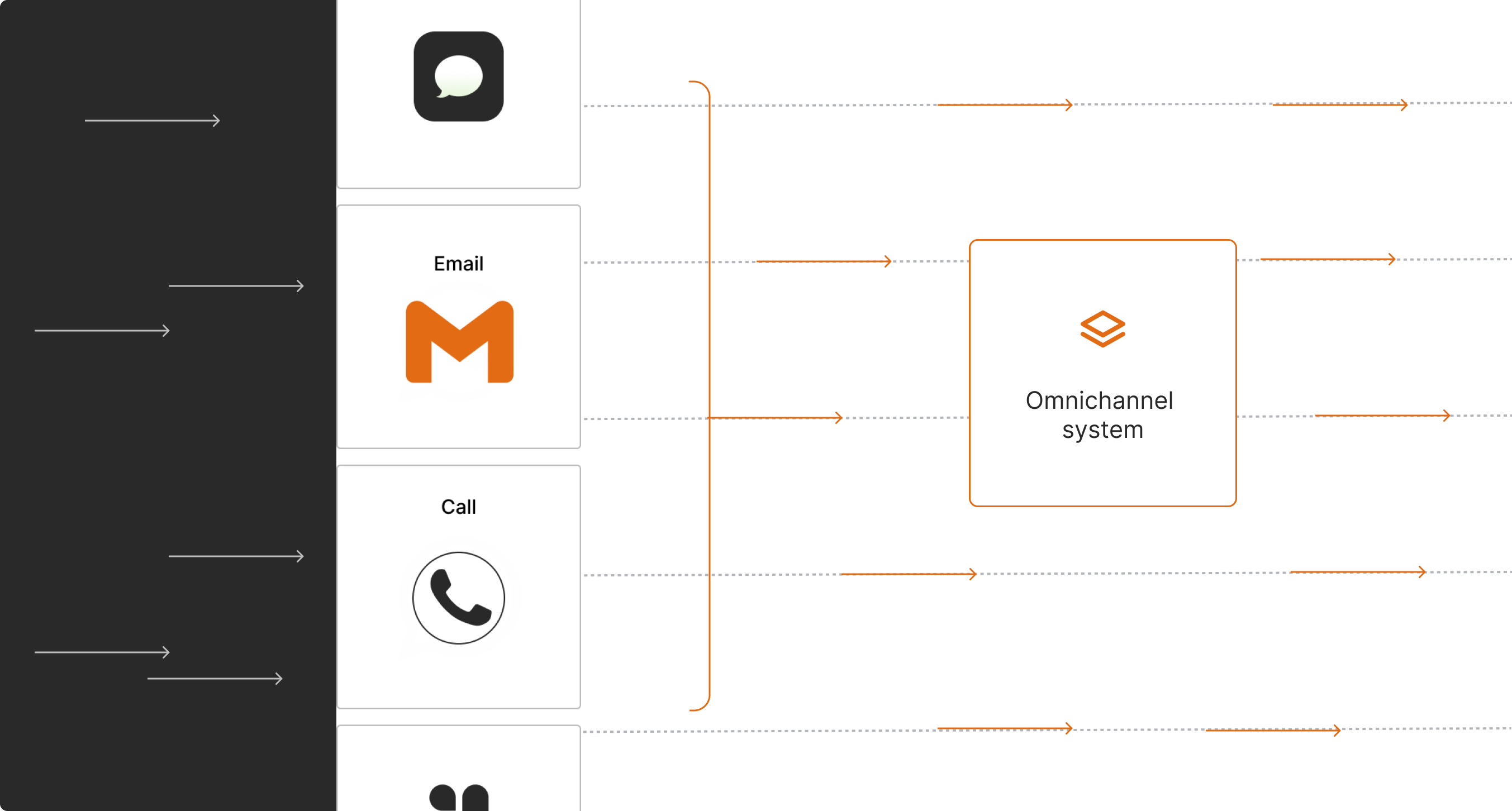


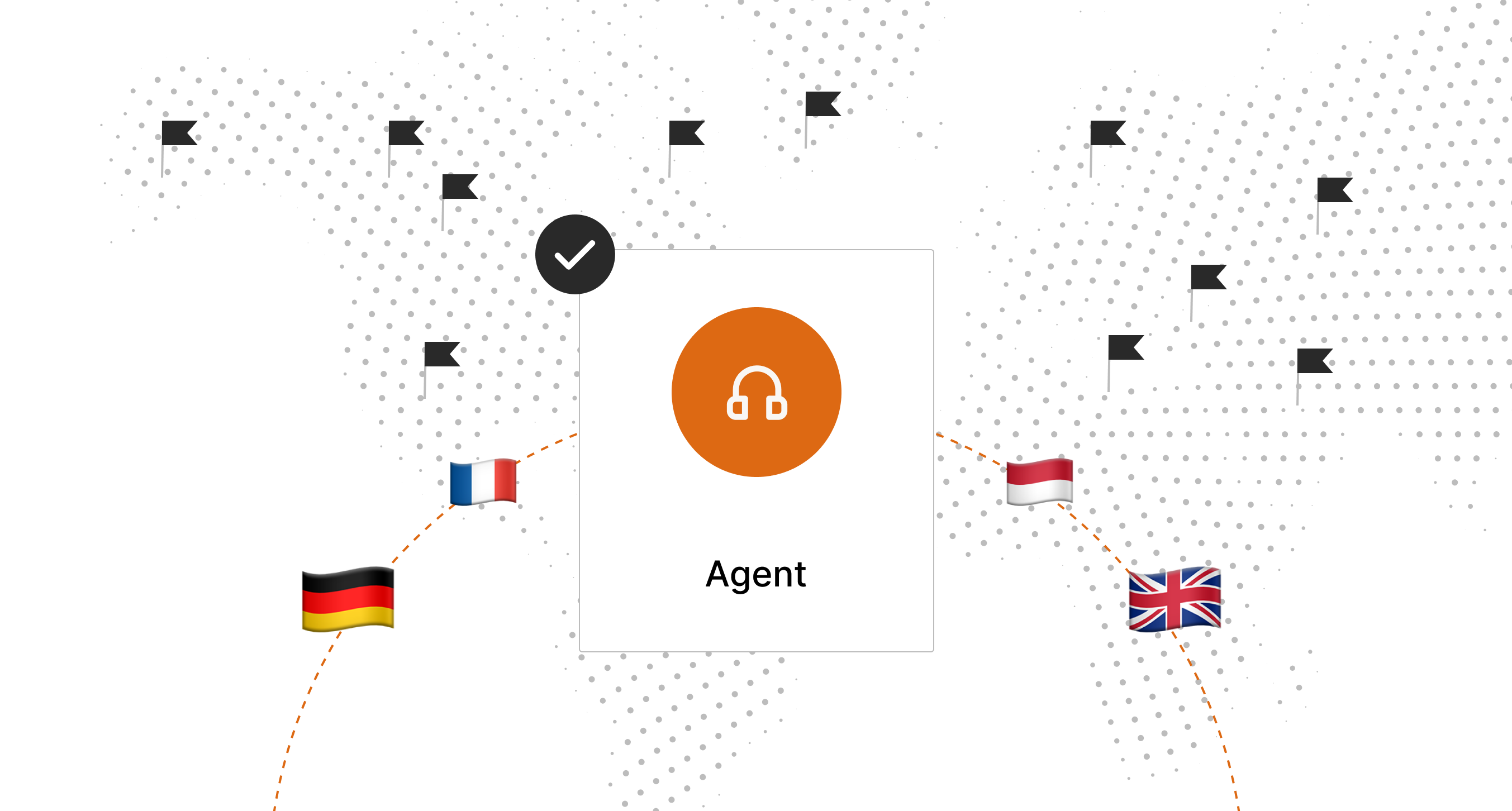
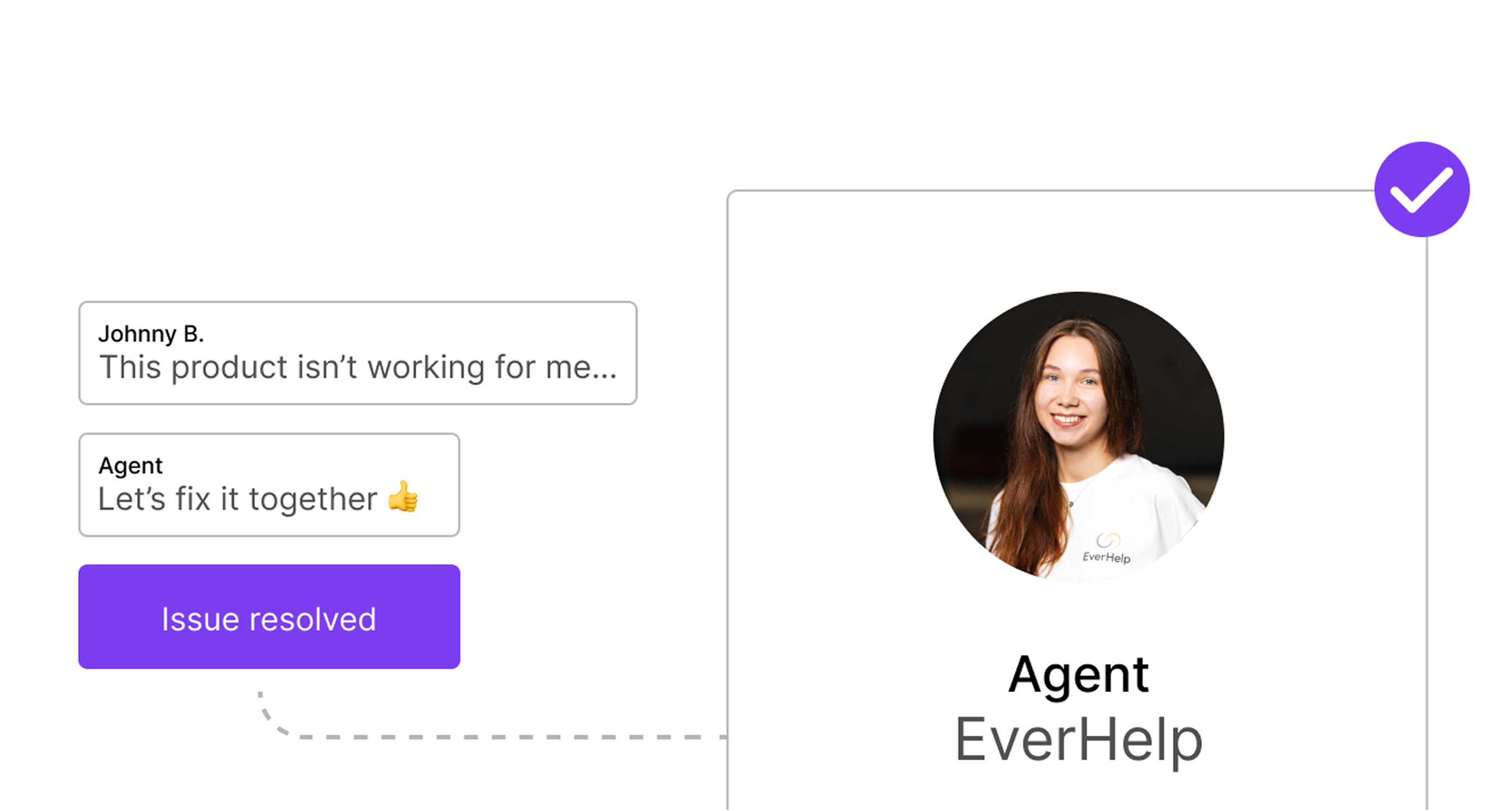


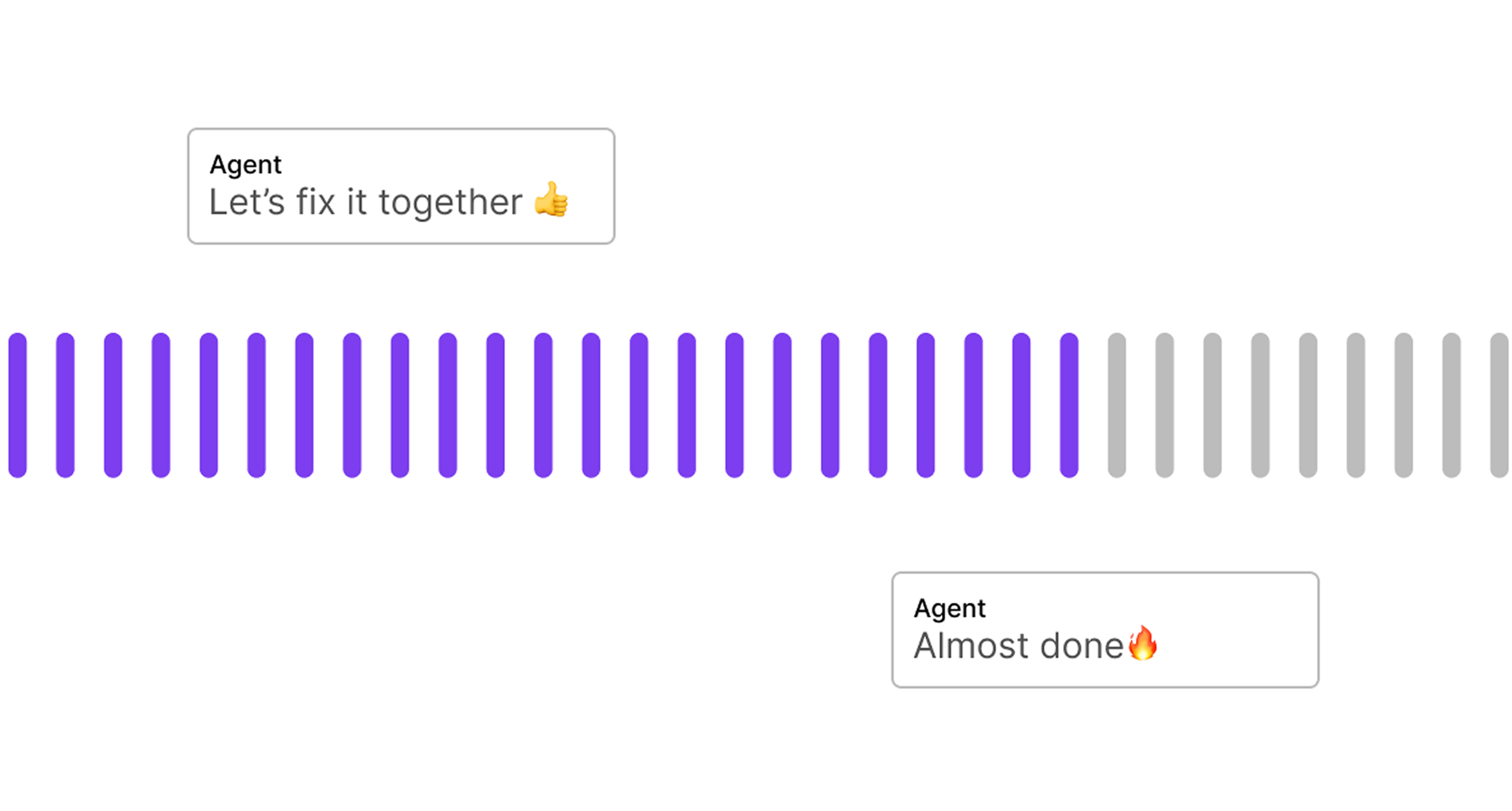


.webp)






















